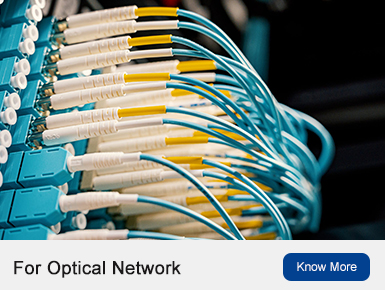
Optical fiber communication has revolutionized the way we transmit and receive information. One of the key components that enables efficient data transmission is the circulator in optical fiber.
The Functionality of a Circulator in Optical Fiber
A circulator is an essential device used in optical networks to direct light signals along specific paths. It allows for bidirectional transmission by separating incoming and outgoing signals, ensuring minimal loss and maximum efficiency.
By utilizing magneto-optic materials, a circulator can control the direction of light propagation based on magnetic fields. This technology enables simultaneous transmission and reception without interference, making it ideal for various applications such as telecommunications, medical imaging, and sensing systems.
Optizone Technology: Advancing Circulators

Optizone Technology is at the forefront of developing advanced circulators for optical fiber networks. Their innovative designs have significantly improved signal quality while reducing power consumption.
One notable advancement by Optizone Technology is their use of non-reciprocal photonic crystal structures. These structures allow for precise control over light propagation by exploiting unique material properties at nanoscale dimensions. As a result, their circulators offer enhanced performance with lower insertion loss and higher isolation levels compared to traditional counterparts.
The Role of Optical Components
In addition to circulators, other optical components play crucial roles in ensuring reliable data transmission within optical fiber networks.
Fiber Bragg gratings are one such component that helps filter specific wavelengths from transmitted signals. They enable wavelength division multiplexing (WDM) techniques where multiple channels can be simultaneously transmitted through a single fiber strand.
Couplers are another important component that facilitates splitting or combining light signals between different fibers. They enable efficient distribution of signals to multiple destinations or the aggregation of signals from various sources.
Other components, such as isolators and attenuators, help manage signal strength and prevent unwanted reflections that could degrade overall network performance.
The Future of Circulators in Optical Fiber
The circulator in optical fiber technology continues to evolve rapidly, driven by increasing demands for higher data rates and more reliable communication networks.
Ongoing research focuses on developing compact circulators with even lower insertion loss, wider bandwidths, and improved thermal stability. These advancements will further enhance the efficiency and performance of optical fiber systems while reducing costs associated with power consumption.
In conclusion, the circulator in optical fiber is a critical component that enables efficient bidirectional transmission within optical networks. Companies like Optizone Technology are pushing boundaries with their innovative designs, improving signal quality while reducing power consumption. Combined with other essential optical components, these advancements pave the way for faster and more reliable communication systems in our increasingly connected world.